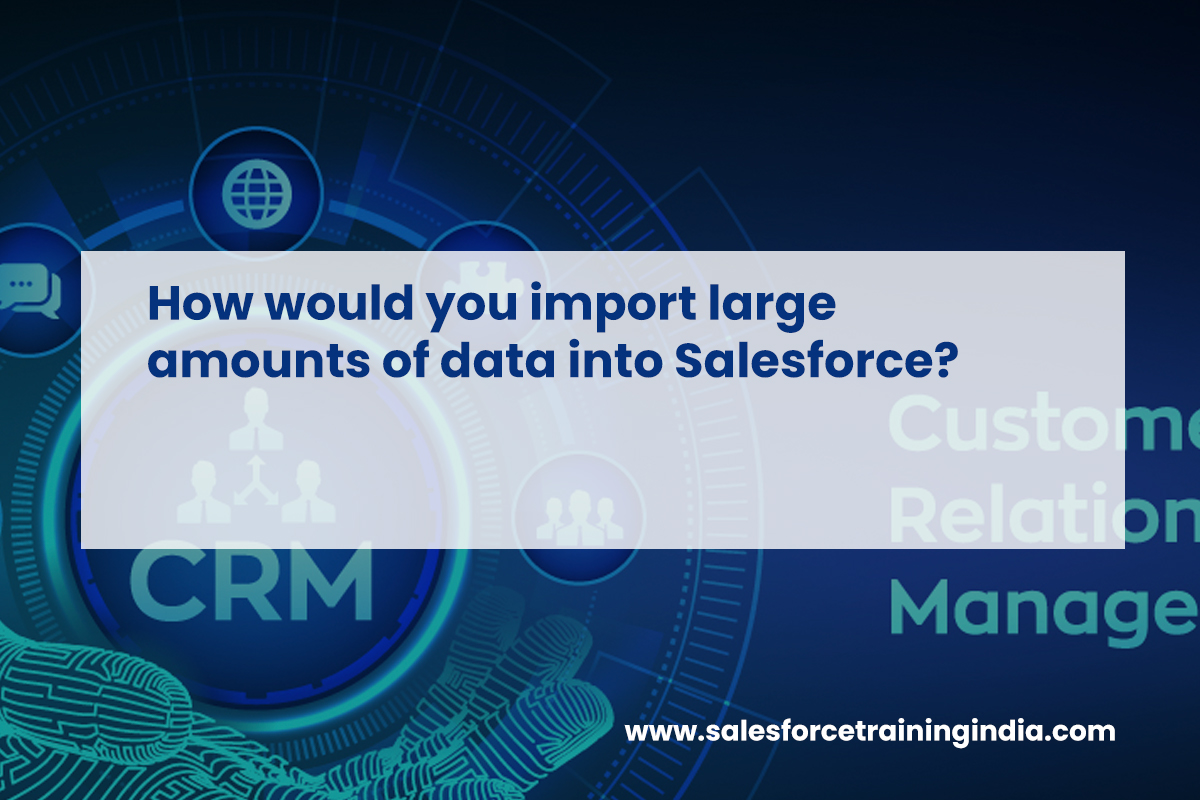Category: Interview Questions
-

Can you explain the Salesforce sharing model?
The Salesforce sharing model is a framework designed to control access to data at different levels, ensuring data security while allowing flexibility in collaboration. It consists of various features and settings that collectively determine how records are shared among users in an organization. At its core, the sharing model starts with organization-wide defaults (OWD), which…
-

What are validation rules and how are they used?
Validation Rules Validation rules in Salesforce are critical for maintaining data quality and integrity. They are formulas or expressions that evaluate the data a user enters into a record. When a user tries to save a record, the validation rule checks the data against the criteria defined in the rule. If the data doesn’t meet…
-

How do you handle exceptions in Apex?
Exception handling in Apex is similar to Java and other programming languages. It involves the use of try, catch, and finally blocks. In a try block, you write the code that might throw an exception. The catch block is used to catch and handle the exception, allowing you to log errors or take corrective actions.…
-

How would you import large amounts of data into Salesforce?
Importing large amounts of data into Salesforce efficiently and accurately is crucial for maintaining the integrity and usefulness of the CRM system. Salesforce provides several tools and methods to handle bulk data imports, catering to different data sizes and complexities. For large data sets, the most commonly used tools are the Salesforce Data Import Wizard…
-

What are the best practices for managing and optimizing large-scale user adoption of Sales Cloud in an organization?
Certainly, let’s go over the best practices for managing and optimizing large-scale user adoption of Salesforce Sales Cloud in an organization: Executive Sponsorship and Leadership Support: Tailored Training and Education: User-Centric Customization: Effective Communication and Change Management: Feedback Mechanisms: Data Quality and Management: Performance Monitoring and Success Metrics: Ongoing Support and Resources: Role Models and…
-

What is a custom object in Salesforce?
Custom objects in Salesforce are pivotal for tailoring the CRM to specific organizational needs. They act like a blank canvas, allowing businesses to define and store information pertinent to their unique processes and requirements. Custom objects are comparable to standard objects provided by Salesforce (like Contacts or Accounts), but they give users the freedom to…
-

What is the use of the @wire decorator in LWC?
What is @wire Decorator in LWC? The @wire decorator in Lightning Web Components (LWC) is used to read data reactively from Salesforce Apex methods or LDS (Lightning Data Service). It enables automatic data fetching and state management without manually invoking Apex methods. This decorator simplifies data handling by automatically re-executing when the component’s reactive properties…
-

What is a Custom Object in Salesforce?
Custom Object in Salesforce In Salesforce, a custom object is a user-defined database table that allows you to store information unique to your organization’s requirements. Custom objects extend the functionality of Salesforce by allowing you to create specific data structures that aren’t provided by default in the standard Salesforce schema. They are similar to standard…
-

How do you implement security Best practices in LWC?
Ensuring the security of Lightning Web Components (LWC) is paramount for maintaining the safety and integrity of applications built on the Salesforce platform. This can be achieved by adhering to several key principles and guidelines. Principle of Least Privilege One of the fundamental security principles is the principle of least privilege. This involves granting users…
-

How do you set up a dashboard in Salesforce?
Setting up a dashboard in Salesforce involves creating a visual representation of various reports, providing a comprehensive overview of the business metrics that matter most to an organization. Dashboards are powerful tools for summarizing and presenting data in an easily digestible format, often using charts, gauges, tables, and other graphical components. To create a dashboard,…